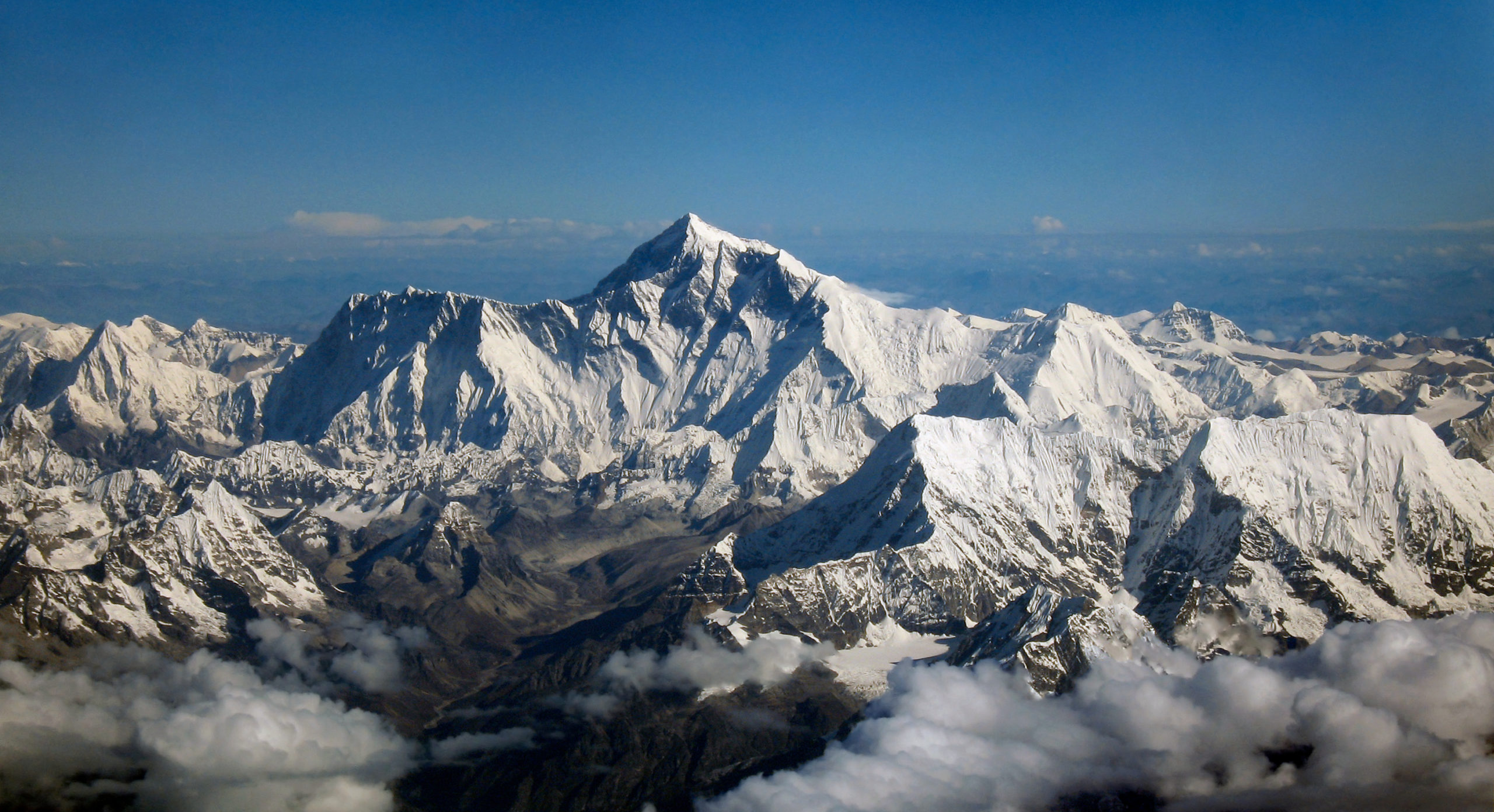While I’m not into mountaineering, trekking or hiking in general (obviously), having a cousin who’s deep into climbing and also having stood at the foot of Himalayas last year and stared high into the sky at Mt. Trishul, a 20,000+ ft peak which was the first ever 7000’er to be ascended by humans, I’ve always had an eye for mountaineering. By that, I don’t mean the actual thing, but that I spend time on the web reading and watching documentaries about mountaineers.
So Abhishek suggested me a book called Eiger Dreams, but via that I found another book titled Into Thin Air by the same author and gave it a try, partly because I’d watched the documentary about this 1996 Everest disaster on TV, and wanted to see how different reading it is from watching it on TV.
The book is written excellently. On the expedition, the author was a journalist for the ‘Outside’ magazine preparing a story while this mishap unfolded. Naturally, the events are very well documented, from random conversations with people during the journey to his thoughts in a hypoxic state 26,000 ft high (The author does a great job at contrasting his thoughts then versus now which gives the reader an idea about not just the physical exhaustion, but the mental turmoil and hence poor decision making capabilities at high altitudes). At times you feel like you’re travelling alongside Jon, experiencing his highs and lows.
Right from getting an offer to document the Everest base camp, negotiating with the magazine for full summit expedition sponsorship, illustrating the characters involved in the story one by one, camp experiences, going for summit, facing a storm, going through a very difficult two day phase at camp four before taking the route down the mountain, the causalities and the emotions that the author puts down, you will literally have a hard time putting this book down.
While the story writing is as good as I can imagine, the accounts from the disaster are still covered with controversies. What exactly happened on 10th of May, 1996? Probably no one will ever know for sure, but irrespective of what happened and who was at fault, if anyone, for the loss of eight lives, this book gives you a perspective on how mountaineers think. I constantly felt that their brains are wired differently. They see the risk of life much differently that we non-mountaineers do, perhaps that is why decide to go up there, where the risk is as real as it can get.
Just after those unfortunate couple of days around 10th and 11th, when the world lost couple of the best mountaineers in history along with others to the fury of Sagarmatha, more people attempted the summit, in spite of knowing about the deaths that took place about a week ago. Four more people lost their lives that season, and that mountain is as popular as it ever was even today.

https://www.nagekar.com/wp-content/uploads/2020/12/Mount_Everest_as_seen_from_Drukair2_PLW_edit-scaled.jpg
Thank you for reading.